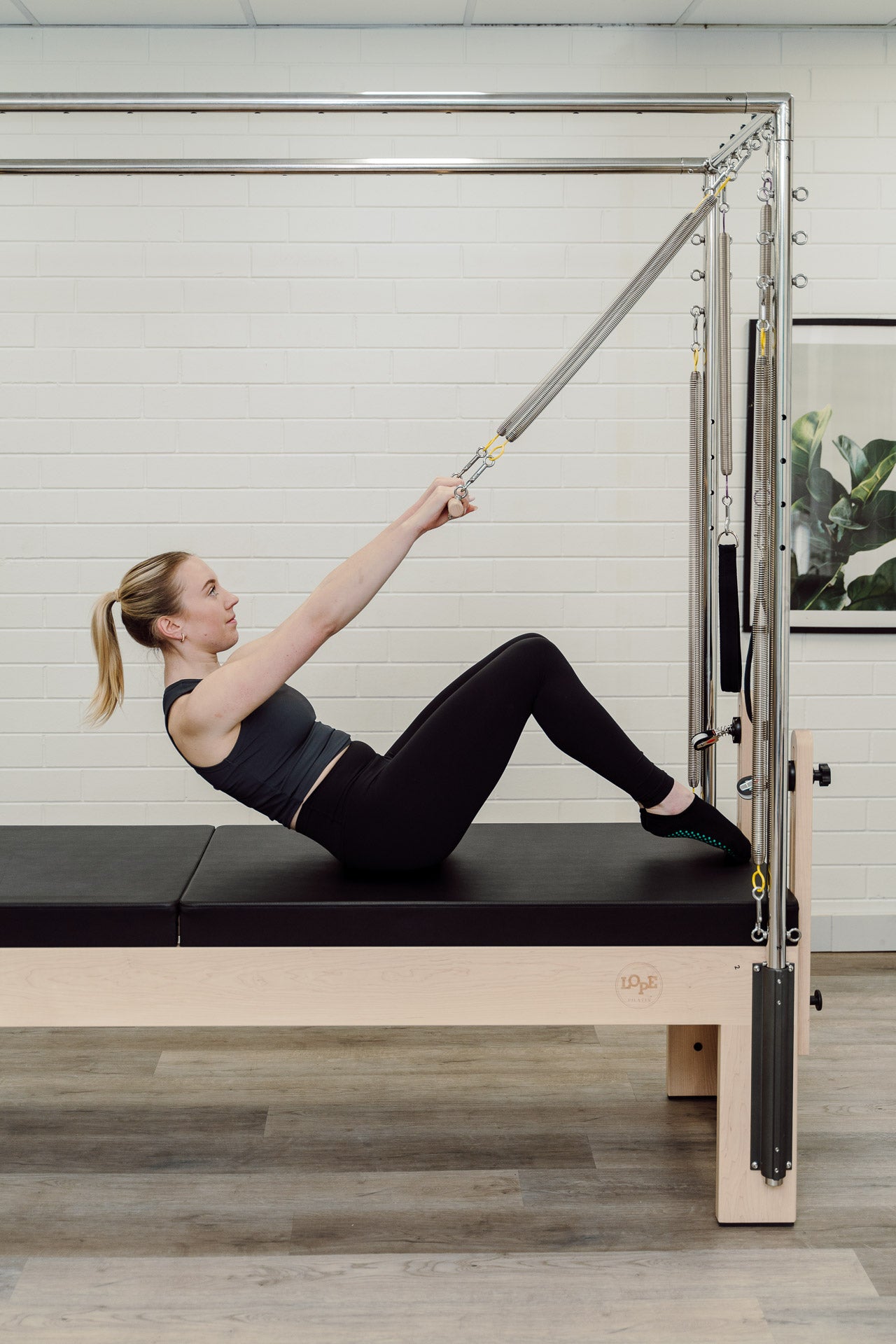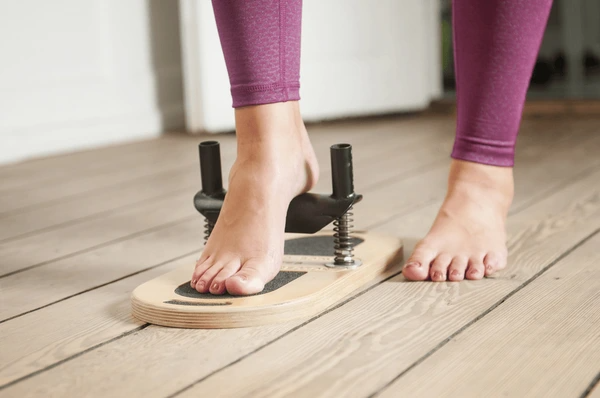Pilates is often used as a rehabilitation tool because it offers a low-impact, controlled, and adaptable form of exercise. When performed under the guidance of a qualified instructor or healthcare professional, Pilates can be beneficial for individuals recovering from various injuries or undergoing rehabilitation. Here are ways in which Pilates can aid in the rehabilitation process:
-
Core Strengthening: Pilates places a strong emphasis on developing core strength, including the muscles of the abdomen, back, and pelvic floor. A strong core is essential for overall stability and can provide support to the spine, helping individuals with back injuries or those recovering from surgeries.
-
Improved Posture: Pilates exercises focus on proper body alignment, which can contribute to improved posture. This is particularly beneficial for individuals with musculoskeletal issues, such as those recovering from injuries or surgeries affecting the spine.
-
Muscle Imbalance Correction: Pilates exercises are designed to target multiple muscle groups simultaneously, promoting balanced muscle development. This is crucial for individuals recovering from injuries that may have led to muscle imbalances.
-
Joint Mobilization: The controlled and low-impact movements in Pilates can help improve joint mobility without putting excessive strain on the joints. This is beneficial for individuals with joint issues or those recovering from joint surgeries.
-
Flexibility Enhancement: Pilates incorporates stretching exercises that can enhance flexibility in muscles and joints. Increased flexibility can be particularly helpful for individuals recovering from injuries involving restricted movement.
-
Breath Control: Pilates emphasizes controlled breathing techniques that can help individuals maintain focus, reduce stress, and enhance overall relaxation. Controlled breathing can also assist individuals in managing pain or discomfort during the rehabilitation process.
-
Mind-Body Connection: Pilates promotes a strong mind-body connection, encouraging individuals to be aware of their movements and engage specific muscles consciously. This heightened awareness can aid in rehabilitation by promoting proper body mechanics and preventing compensatory movements that may lead to further issues.
-
Low-Impact Exercise: Pilates is generally low-impact, making it suitable for individuals in various stages of rehabilitation. The controlled nature of the exercises minimizes stress on joints and allows for gradual progression based on individual capabilities.
-
Adaptability: Pilates exercises can be modified to accommodate the specific needs and limitations of individuals undergoing rehabilitation. This adaptability makes it suitable for a wide range of conditions and injuries.
-
Gradual Progression: Pilates allows for gradual progression in intensity and complexity. This is important for individuals recovering from injuries, as it enables a phased approach to rehabilitation without risking overexertion.
It's essential for individuals undergoing rehabilitation to consult with their healthcare provider or a qualified Pilates instructor before starting a Pilates program. A personalized approach to Pilates, tailored to the individual's condition and progress, can contribute to a safe and effective rehabilitation process.






Share:
Reformer Pilates at home
The best accesories to add with your Reformer Pilates Machine.